
Photo Gallery | 180418 Views | May 06,2019
Aug 9 , 2025. By YITBAREK GETACHEW ( FORTUNE STAFF WRITER )
All diesel and gasoline vehicles will be barred from operating without an official emissions certificate or approved emission-reduction technology in two months, according to the Ministry of Transport & Logistics.
The directive was issued in March, after it was signed by Alemu Semie (PhD), minister of Transport & Logistics. The Ministry set a six-month transition period for vehicle owners to test emissions and obtain certificates, with only two months remaining before enforcement begins.
“When the directive completes six months, no car will move without a certificate or emission curbing technology,” warned Assefa Addis, transport service and supervision advisor at the Ministry.
The rules apply to all vehicles that are subject to annual inspections, as well as to vehicle assemblers, manufacturers, importers, and owners. The standard applies to both new and used cars, whether imported or assembled domestically. The Ministry or authorised regional and city transport bureaus will handle technical inspections and enforcement.
“Vehicle importers, assemblers, and manufacturers should ensure that all new or used vehicles comply with the emission standards,” Assefa said.
Owners are required to have their cars inspected annually for emissions, maintain them to meet the standards, use fuel from licensed stations, and carry proof of compliance.
“It’s a game-changing eco-technology.” Bekele Mamo Technical Director TBK Trading Plc
Service fees will be set by future regulations issued by the Council of Ministers.
Vehicles that fail inspections will be given 15 days to make the necessary repairs and present the required documentation. Failure to comply will result in a 15-day suspension from operation, followed by a three-month suspension for continued violations. Persistent non-compliance may lead to permanent suspension.
Transport officials frame the policy as an environmental and public-health step with legal backing. They argue that the directive supports the Paris Agreement’s goal of limiting global temperature increases to 1.5 degrees Celsius.
“This is not only about environmental protection,” Assefa said. “It’s also about sustainable economic growth, public health, and the country’s role in the global climate effort.”
Ethiopia is home to approximately 1.5 million vehicles, including 200,000 under federal and regional states, and already has 100,000 electric cars on its roads, according to official data. Road transport accounts for 20pc of emissions in the transport sector.
Private-sector involvement is growing alongside the policy.
TBK Trading Plc became the country’s first licensed importer of “Fuel Saving Devices” compliant with the directive. TBK advertises GreenTech as a device that can be installed inside a fuel tank without altering a vehicle’s structure. The company claims the device absorbs heat from the surrounding air and releases it at a specific wavelength, breaking down larger fuel molecules into smaller ones.
Bekele Mamo, co-founder and technical director, introduced GreenTech, a device his company claims can cut exhaust emissions by up to 97pc while reducing fuel consumption by as much as 30pc.
The company, along with others seeking permits, should meet the Ministry’s technical standards.
“It’s a game-changing eco-technology,” Bekele said.
TBK says it spent more than three years bringing the product to market and sources it from the Taiwan-based nanotechnology firm Molotech Group. The device has a 10-year lifespan before expiry. Prices range from 15,000 Br to 50,000 Br, depending on a vehicle’s fuel tank capacity, with a price of 29,000 Br for a 200Ltrs tank.
Public reaction is a mix of support and concern over costs and readiness.
Hailemariam Chekol, a 41-year-old meter taxi driver, backs efforts to reduce emissions but doubts the country’s preparedness for strict enforcement. He worries about expenses, especially after paying 40,000 Br in revenue taxes this year amid rising fuel prices.
“The directive is good for the environment,” he told Fortune, “but it shouldn’t become an extra burden for the public.”
Early adopters include Awash Insurance, Oromia Construction, Ethiopian Electric Power, the Federal Police, Sheger and Anbesa buses. The Transport Ministry continues to encourage broader uptake. According to State Minister Bereo Hassan, the need is to remove older and high-emission vehicles from the roads while taking into account the sector’s economic realities.
Industry practitioners warn that the task is complex and resource-intensive. Mikiyas Aweke, a private transportation consultant, blamed a lack of spare parts, foreign-currency shortages, and tax burdens as major barriers to compliance.
“There is no way to cut emissions until you replace the worn-out part,” he said. “Newer cars can sometimes emit more than older ones if maintenance is neglected.”
As the two-month countdown to full enforcement continues, officials face a dual test of advancing environmental goals and public health while ensuring that economic and technical realities do not stall progress.
PUBLISHED ON
Aug 09,2025 [ VOL
26 , NO
1319]

Photo Gallery | 180418 Views | May 06,2019
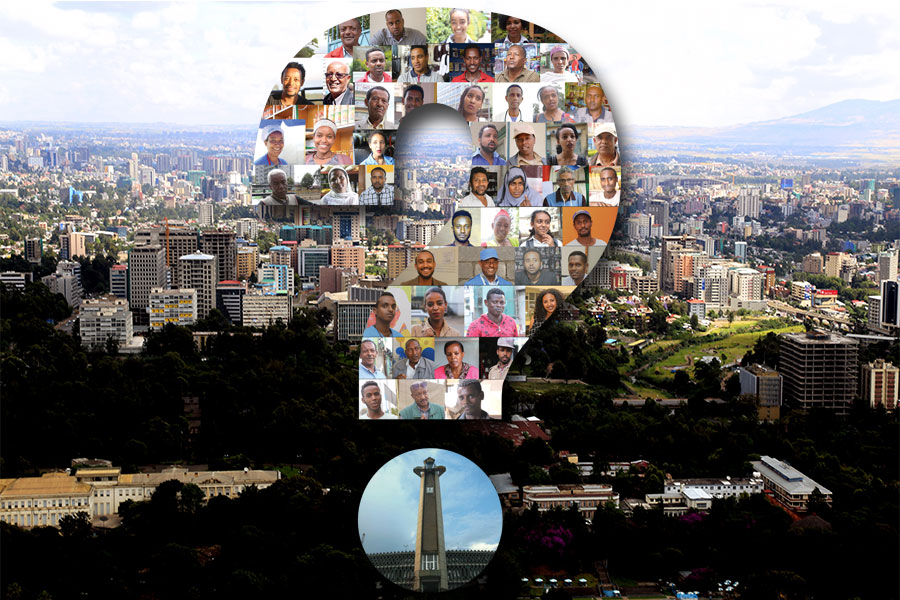
Photo Gallery | 170620 Views | Apr 26,2019
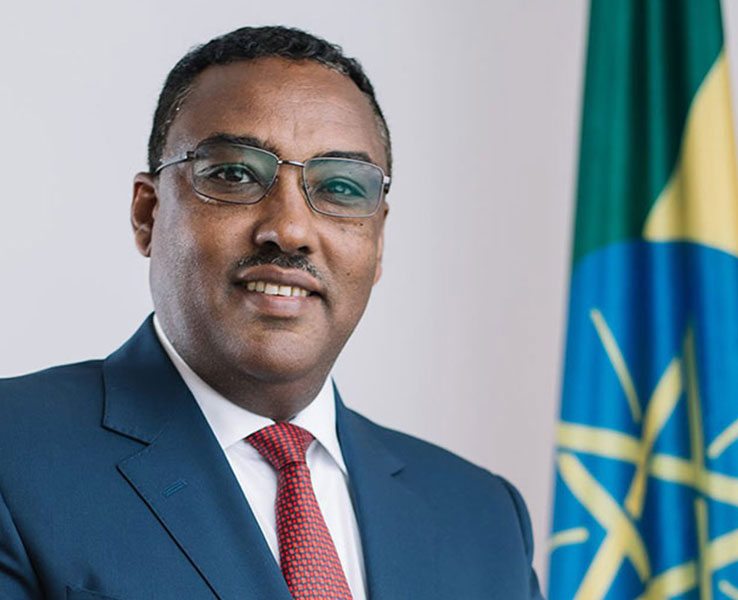
Photo Gallery | 161667 Views | Oct 06,2021

My Opinion | 137279 Views | Aug 14,2021

Nov 1 , 2025
The National Bank of Ethiopia (NBE) issued a statement two weeks ago that appeared to...
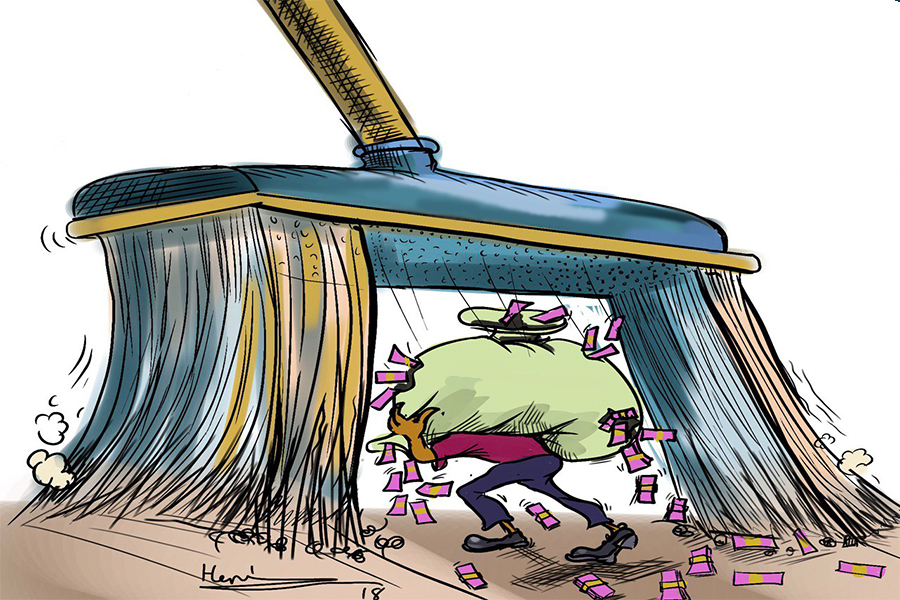
Oct 25 , 2025
The regulatory machinery is on overdrive. In only two years, no fewer than 35 new pro...
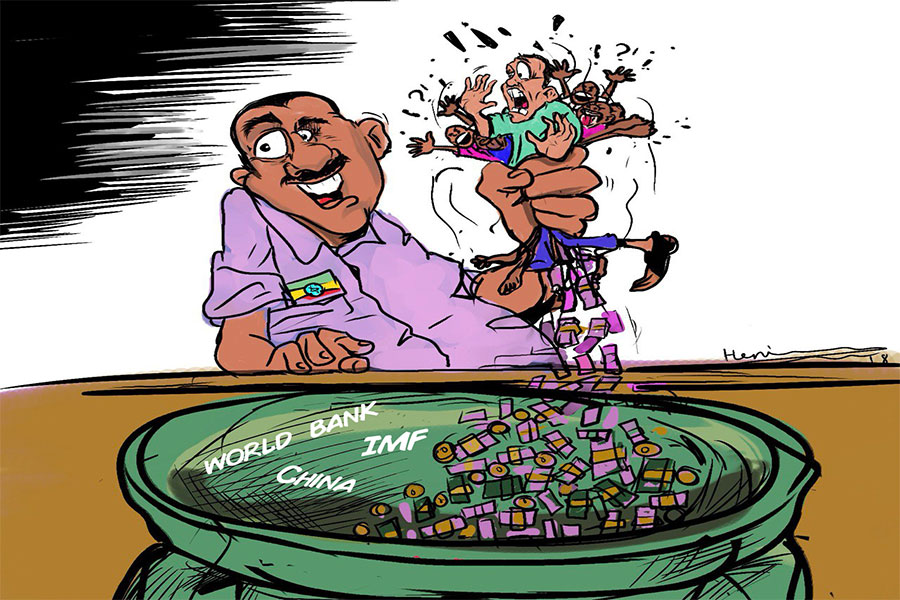
Oct 18 , 2025
The political establishment, notably the ruling party and its top brass, has become p...
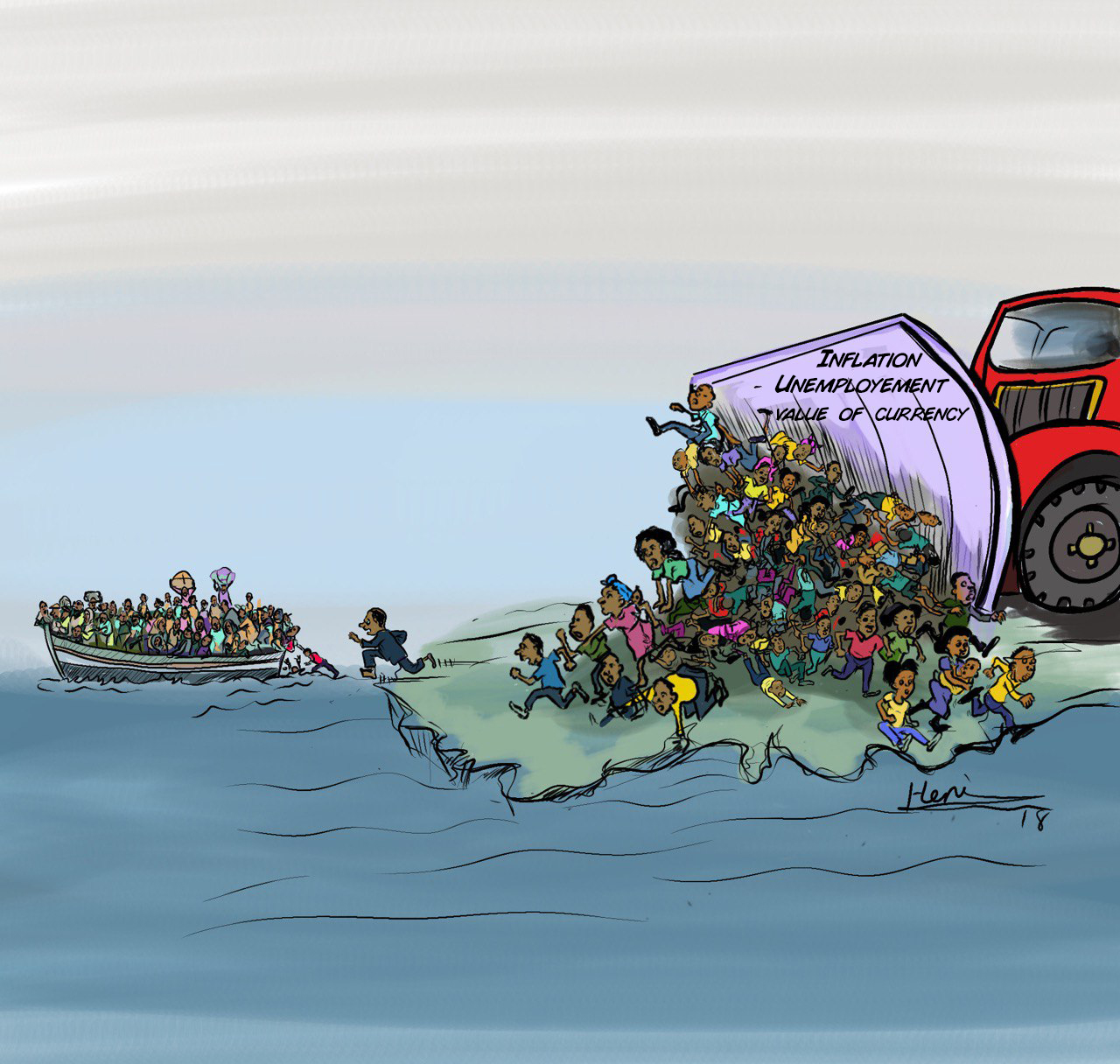
Oct 11 , 2025
Ladislas Farago, a roving Associated Press (AP) correspondent, arrived in Ethiopia in...